Welcome to JHD Nutrasource!
Shop
Showing 10–18 of 40 results
-
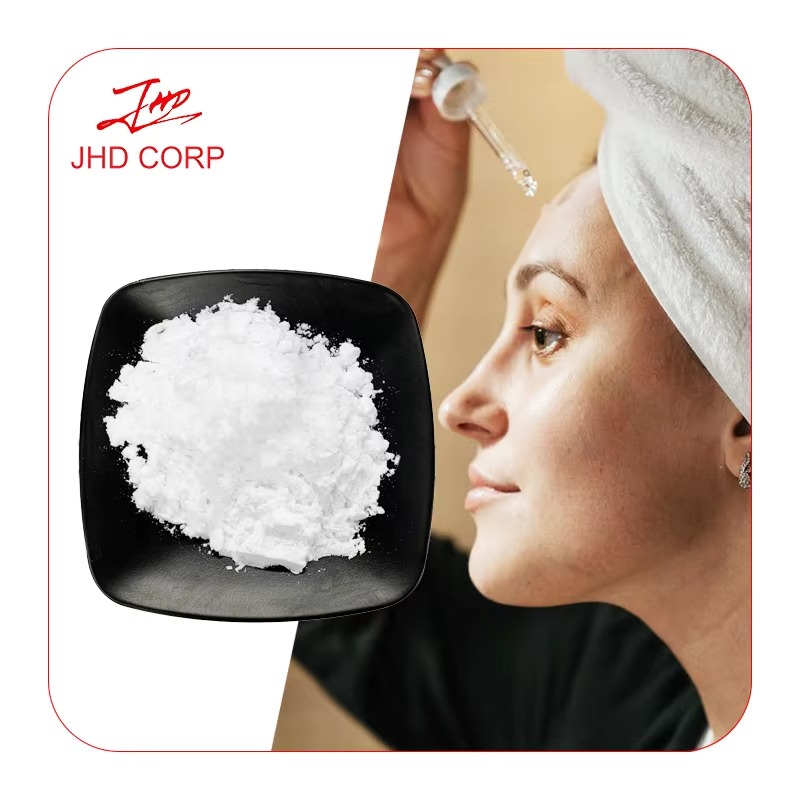
Magnesium Ascorbyl Phosphat
<strong><b>Short Description</b></strong> Magnesium ascorbyl phosphate is a water-soluble vitamin C derivative. It is used for its antioxidant properties and its ability to boost collagen production.
-
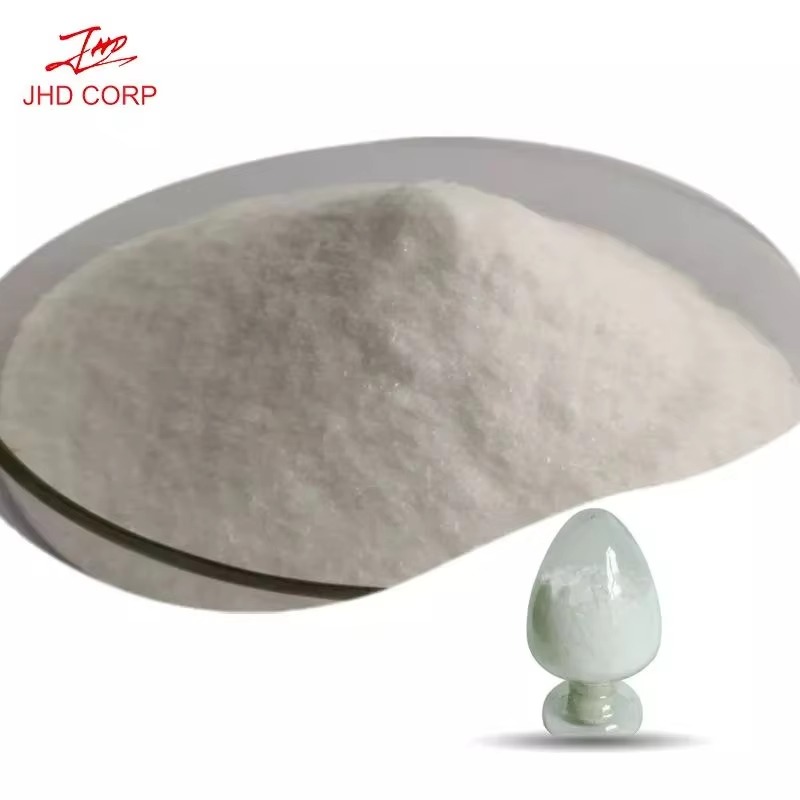
Pyridoxal 5-Phosphate (P5P) Powder
<strong><b>Short Description</b></strong> Pyridoxal 5-phosphate (P5P) is the active form of vitamin B6. It plays a crucial role in numerous enzymatic reactions in the body.
-

Pyridoxal 5-phosphate Monohydrate
Pyridoxal 5'-phosphate Monohydrate (PLP) is the active form of Vitamin B6 and serves as an essential cofactor for numerous enzymes involved in amino acid, carbohydrate, and fat metabolism.
-
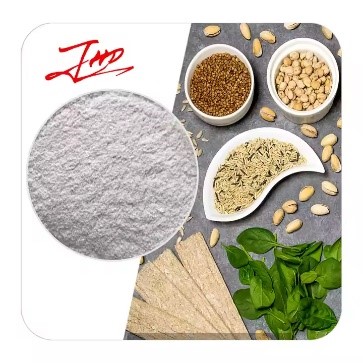
Pyridoxine Hydrochloride
Pyridoxine Hydrochloride (Vitamin B6) is a water-soluble vitamin essential for various physiological functions, including amino acid metabolism, neurotransmitter synthesis, and hemoglobin production.
-
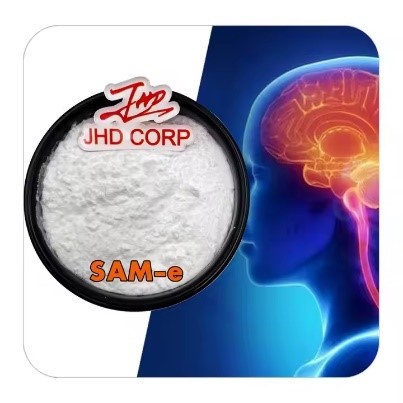
S-Adenosyl-L-Methionine Disulfate Tosylate
S-Adenosyl-L-Methionine Disulfate Tosylate (SAMe) is a stable form of S-Adenosyl-L-Methionine, an important endogenous methyl donor involved in various biochemical processes. It is widely used in research and clinical applications due to its stability and bioactivity.
-
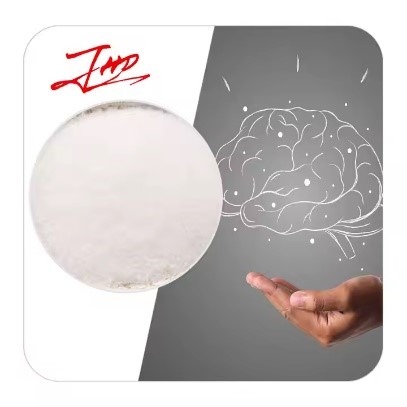
Thiamine Pyrophosphate
Thiamine Pyrophosphate (TPP) is the active coenzyme form of Vitamin B1 (thiamine). It plays a crucial role in various metabolic processes, particularly in carbohydrate metabolism and energy production.
-
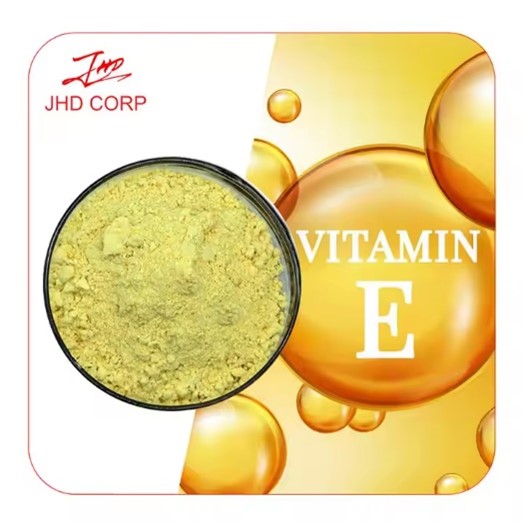
Tocotrienol
Tocotrienols are members of the vitamin E family, known for their excellent antioxidant properties. Unlike tocopherols, tocotrienols have an unsaturated isoprenoid side chain, which allows them to penetrate efficiently into tissues with saturated fatty layers, such as the brain and liver.
-
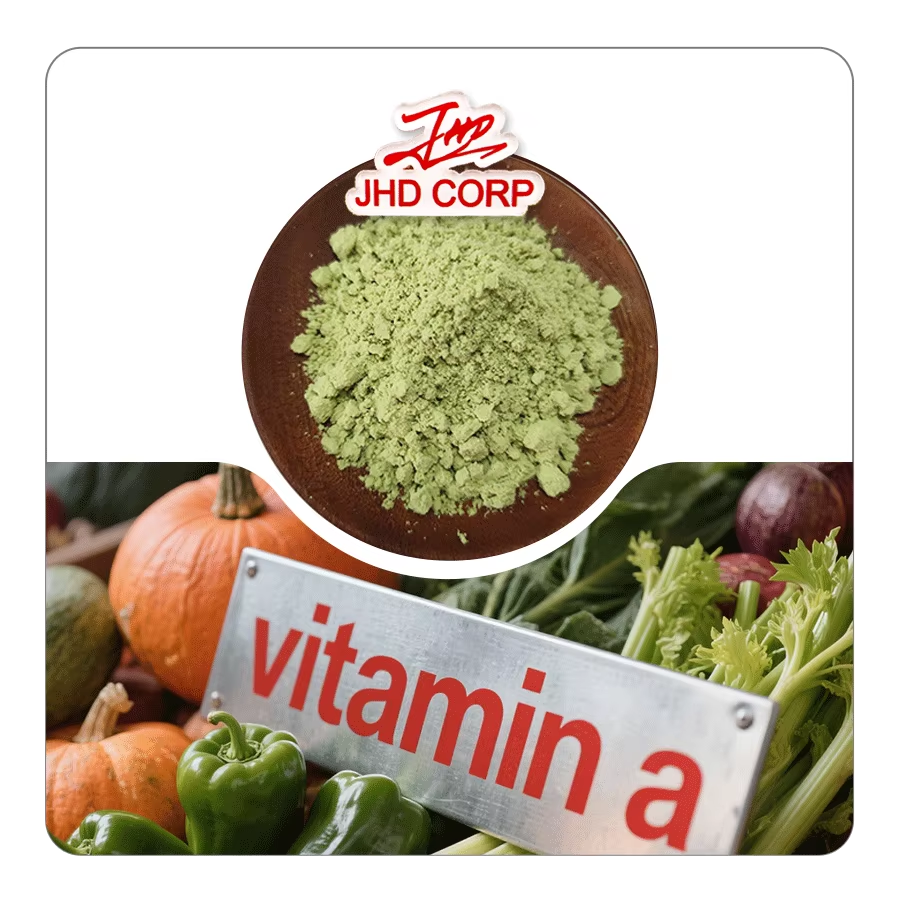
Vitamin A Acetate
Vitamin A Acetate is a synthetic form of Vitamin A, also known as retinyl acetate. It is a yellow crystalline powder that is highly soluble in fats and oils but insoluble in water. This form of Vitamin A is more stable than pure retinol and is commonly used in various applications due to its stability and bioavailability.
-
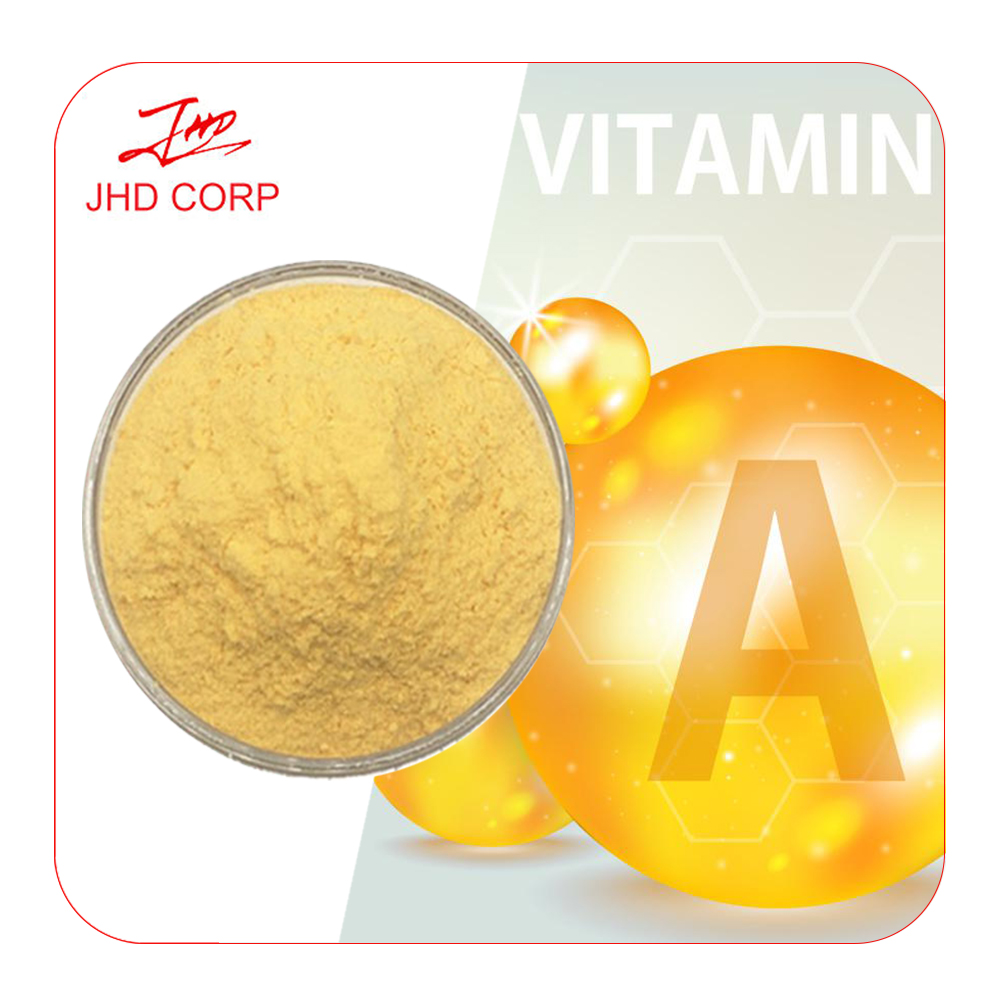
Vitamin A Palmitate
Vitamin A Palmitate (Retinyl Palmitate) is a naturally occurring derivative of vitamin A. It is a pale yellow liquid with the chemical formula C₃₆H₆₀O₂. It is insoluble in water but soluble in ethanol and readily soluble in ether, chloroform, acetone, and oils. It is more stable than other forms of vitamin A, such as retinol acetate, making it suitable for use in products that require exposure to heat and light.
